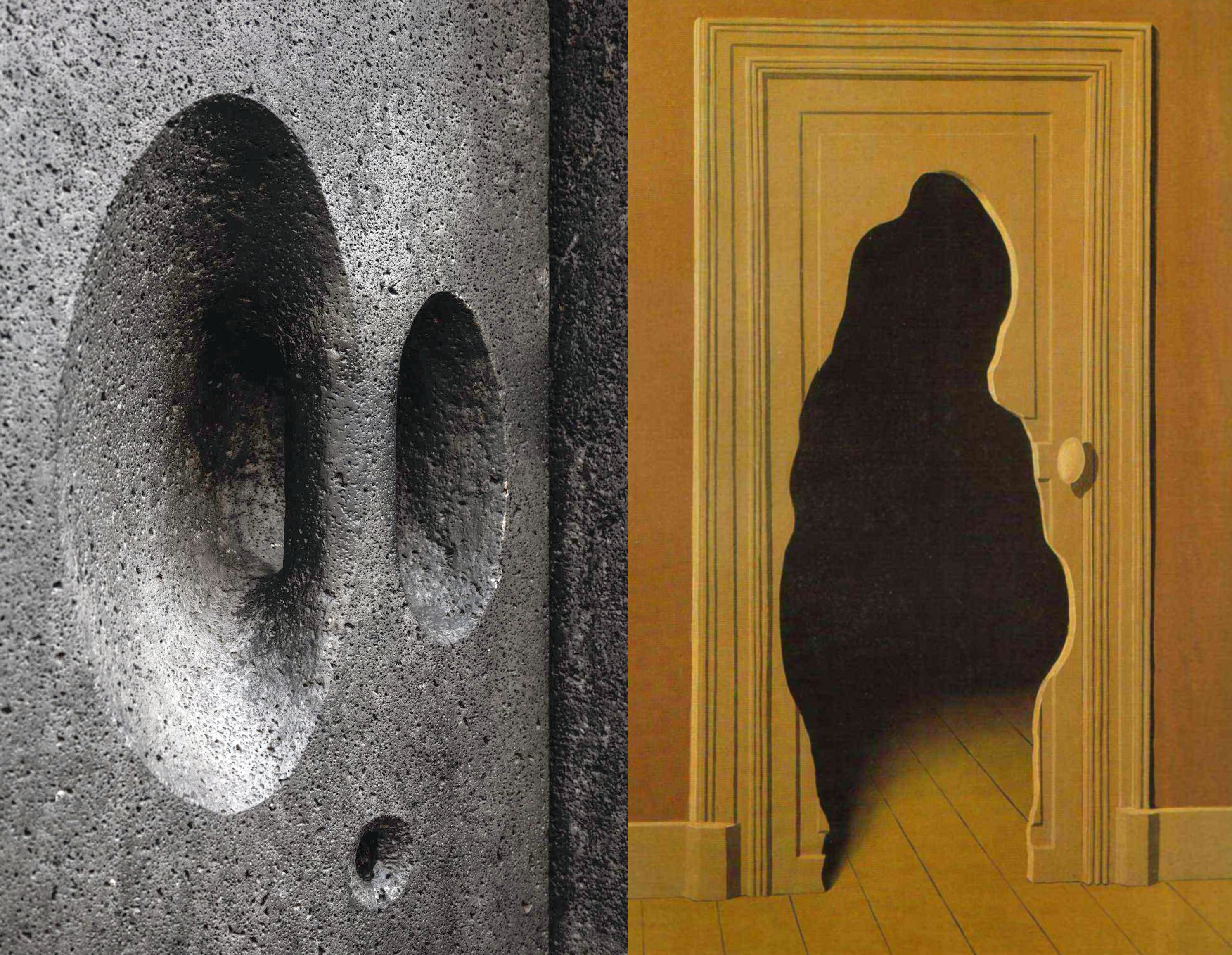Of Transition and Duality

Door handle, 2007, by Peter Zumthor / An unexpected answer, 1933, by René Magritte
ARC3712HS
Instructor: R. Shane Williamson
Meeting Section: LEC0101
Thursdays 3:00-6:00 p.m.
If anything is described by an architectural plan, it is the nature of human relationships. - Robin Evans
Historically, the notion of a door has embodied significant meaning and iconography across cultures and religions. In Roman mythology, for example, the keeper of doors was Janus, the god of transitions and dualities, depicted with two faces — one oriented towards the past and the other towards the future. While Janus guarded the gates of heaven and held access to the other gods he also embodied the human concept of liminal space - a gap or transitional time between what was and what is to come, the place where one thing ends and another is about to begin.
Contemporary focus upon doors is perhaps best elucidated by Robin Evans in his seminal essay Figures, Doors, and Passages in which he notes that doors have historically been utilized to either partition or unify spaces, contingent upon the prevailing cultural inclination towards sociability or seclusion. Doors are fundamental elements of architecture that embody dual meanings, providing seclusion and security while simultaneously ensuring freedom and transparency.
This design-focused elective will begin with the presentation of historical and contemporary precedent to better understand the potential for cultural and constructional narratives to be applied to the design of a door/threshold. Accompanying lectures and tutorials will introduce advanced surface modeling and direct solid modeling tools to assist with the potential definition of complex geometry not unlike the door handle pictured above.

